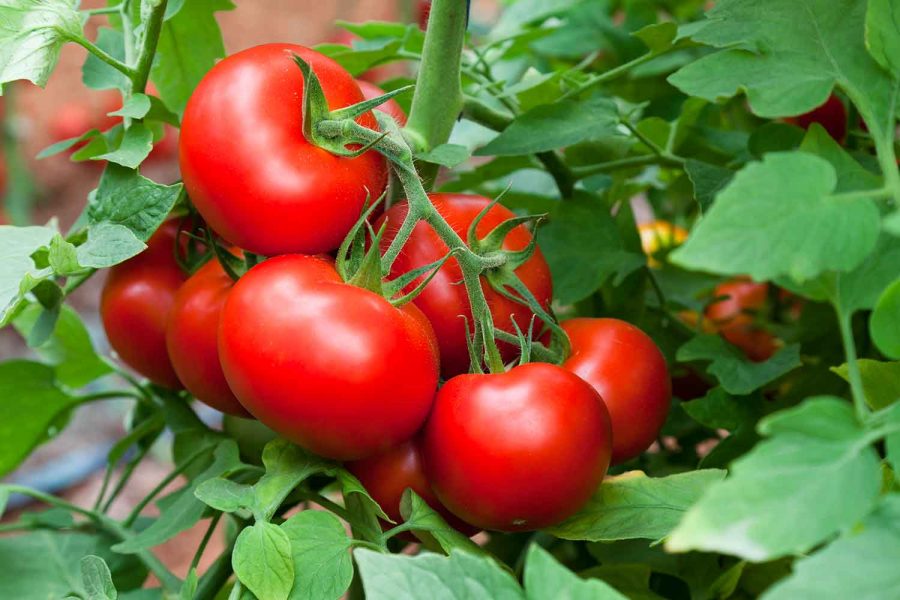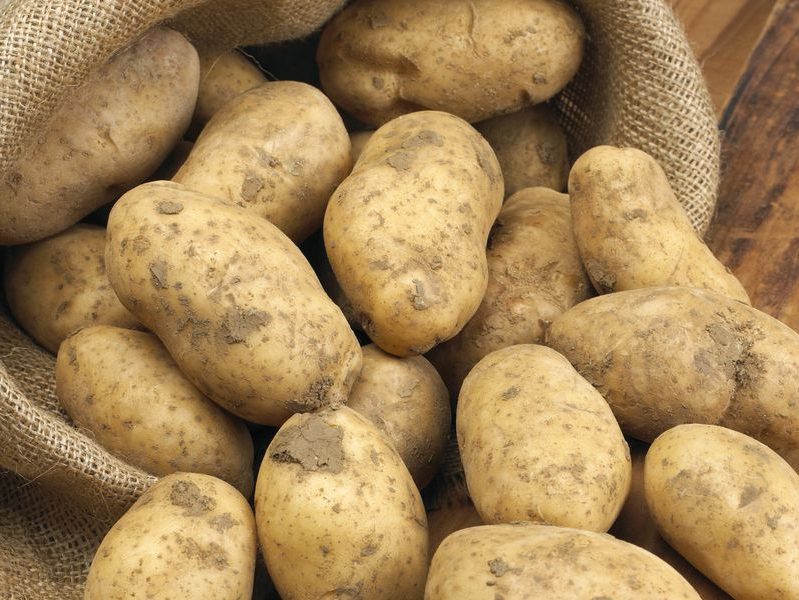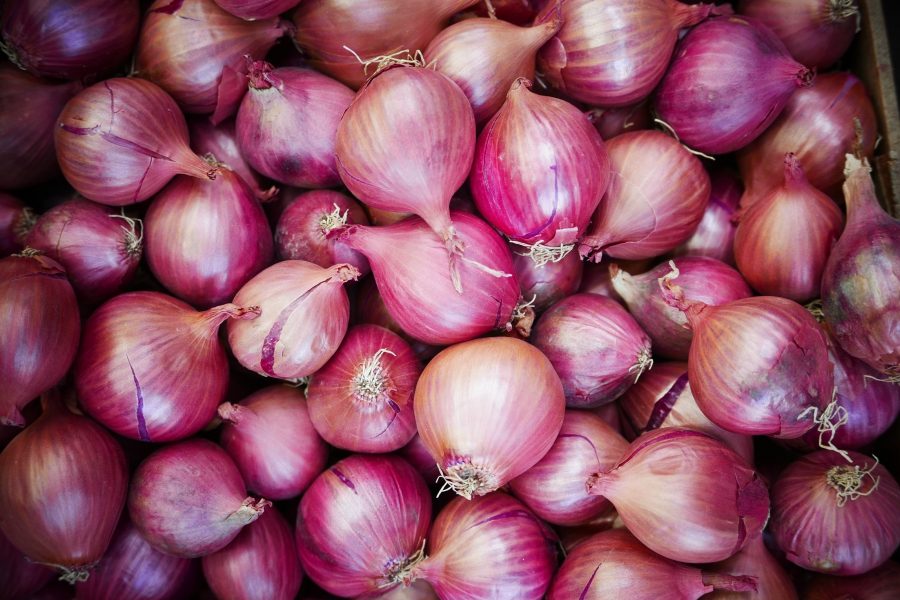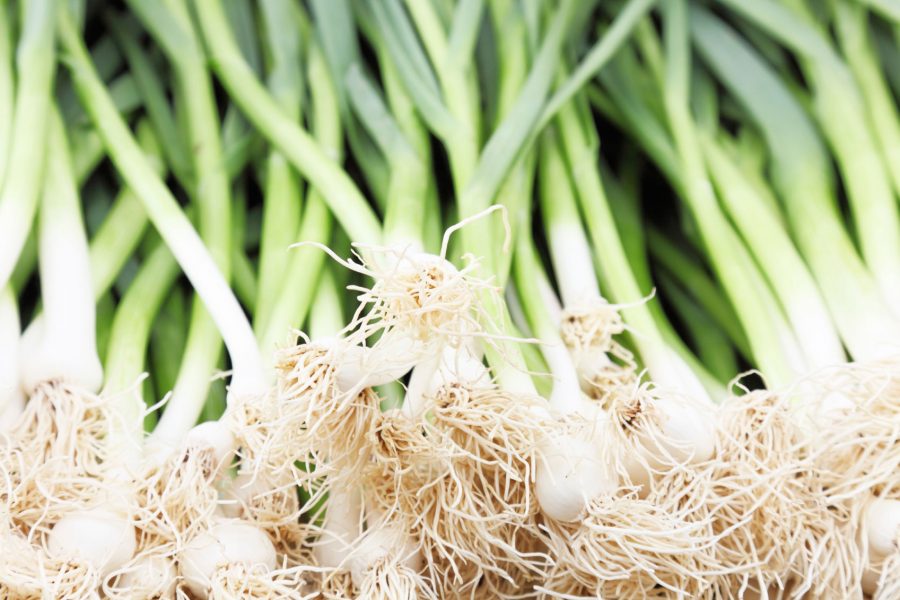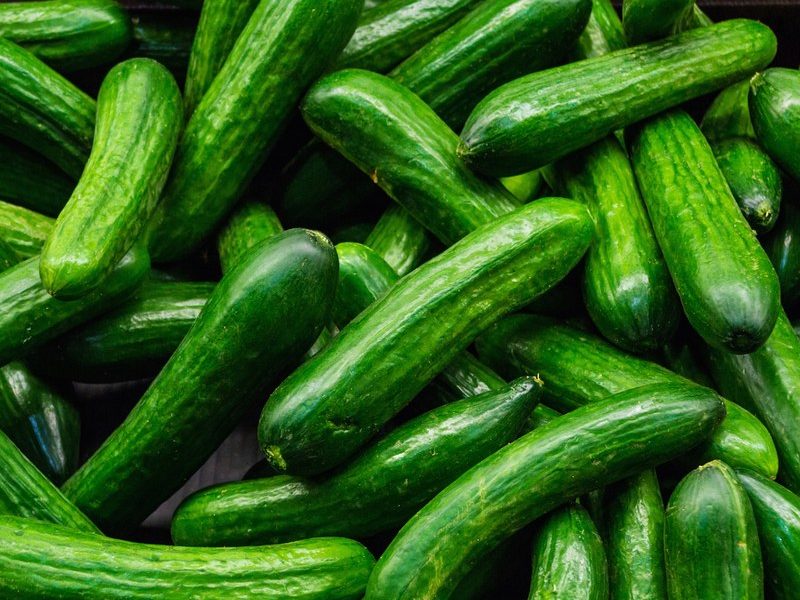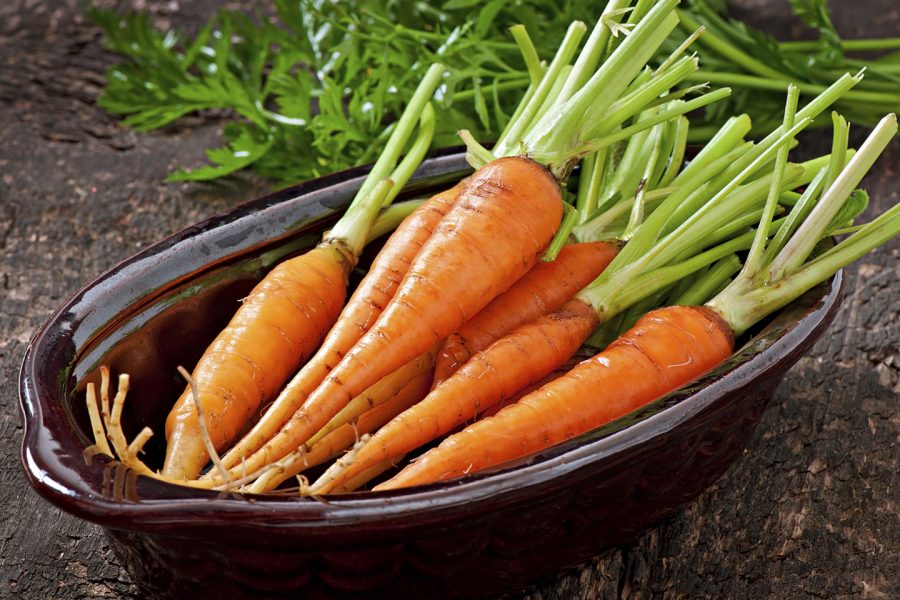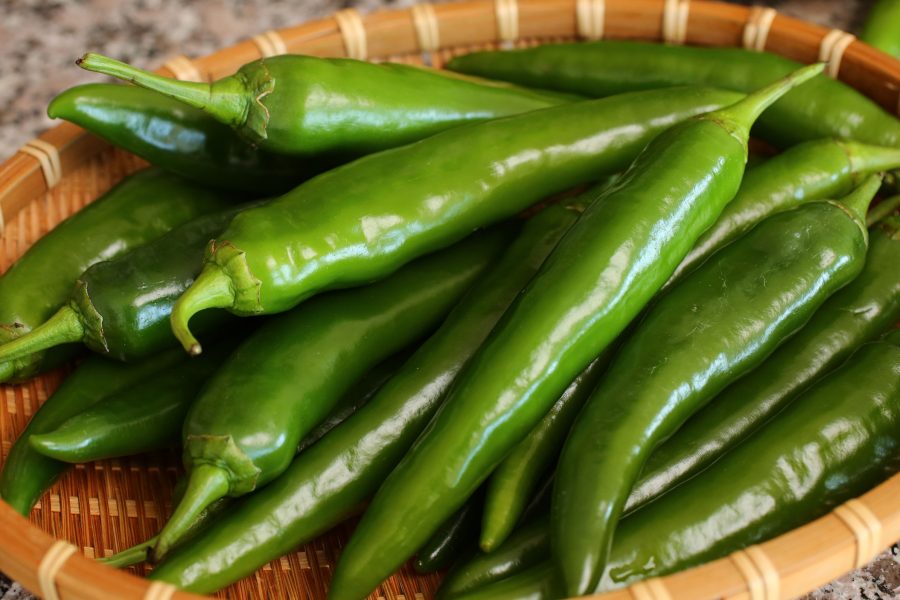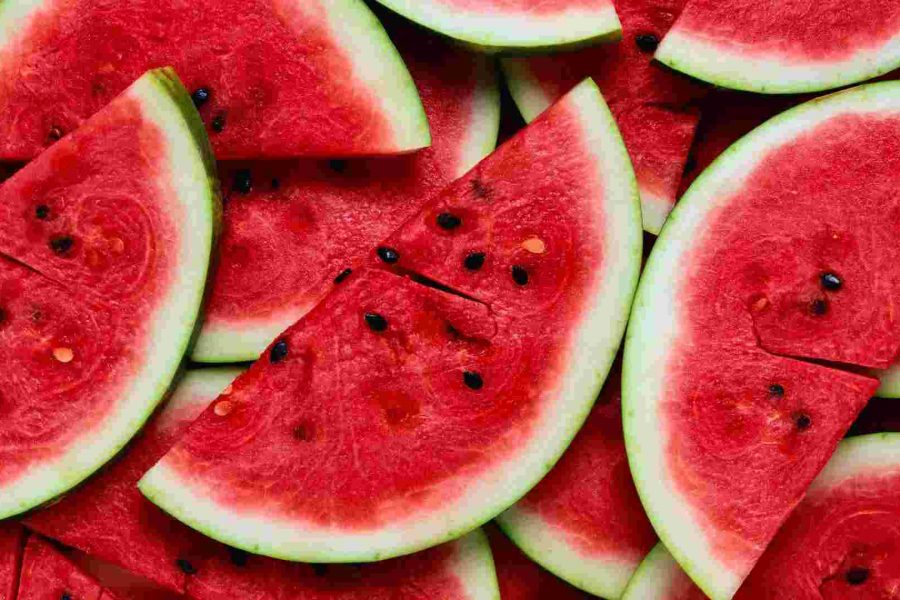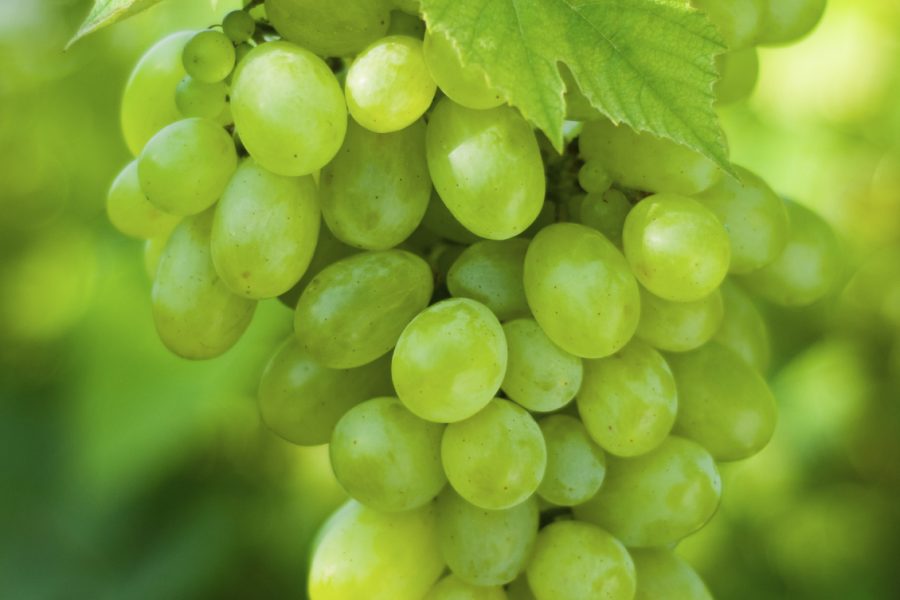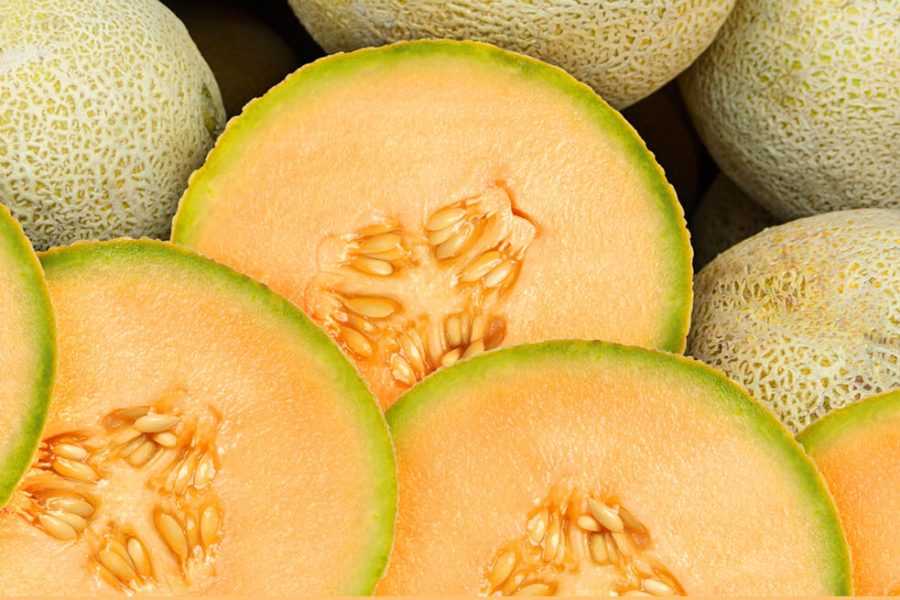The tomato (see pronunciation) is the edible, often red, fruit of the plant Solanum lycopersicum, commonly known as a tomato plant. The plant belongs to the nightshade family, Solanaceae.The species originated in western South America. The Nahuatl (Aztec language) word tomatl gave rise to the Spanish word “tomate”, from which the English word tomato derived. Its use as a cultivated food may have originated with the indigenous peoplesof Peru and Ecuador. The Spanish discovered the tomato from their contact with the Aztec peoples during the Spanish colonization of the Americas, then brought it to Europe, and, from there, to other parts of the European colonized world during the 16th century.
Availability İn The Market:
- April
- August
- December
- February
- January
- July
- June
- March
- May
- November
- October
- September
Cargo Type:
- Truck


